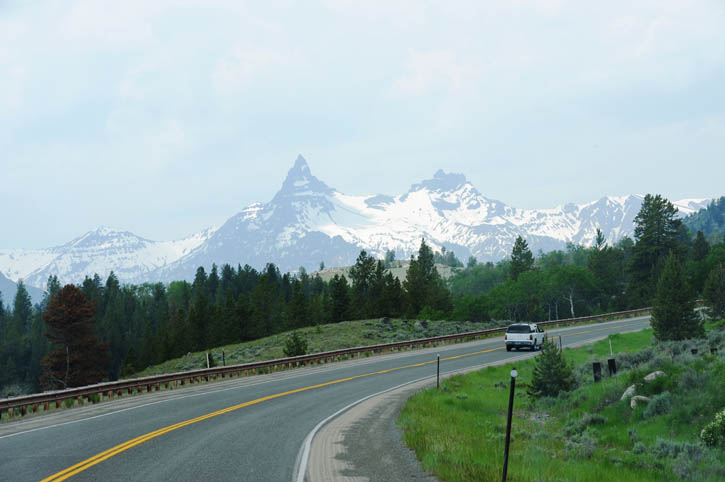- Home
- Administration
- Aeronautics
- Business with WYDOT
- Construction Projects
- Driver License and Records
- Economic Stimulus Projects (ARRA - TIGER)
- Engineering and Technical Programs
- Fuel Tax
- Highway Safety
- Human Resources
- Manuals and Publications
- News and Information
- Permits
- Planning/Projects/Research
- Titles, Plates and Registration
- Travel
- Trucking / Commercial Vehicles
- Vehicle Business Regulation
- Wyoming Highway Patrol
- Search
- Sitemap
Scenic Byways
Wyoming Scenic Byways and Backways Program
 Chief Joseph Scenic Byway
Chief Joseph Scenic Byway
Interested traveling on one of Wyoming's Scenic Byways? Learn more on the Travel Wyoming website!
Purpose
The purpose of the Wyoming Scenic Byways and Backways program is to promote and enhance tourism and the understanding and appreciation of the state’s heritage in concert with the preservation, protection and enhancement of the state’s scenic, historic and cultural resources.
Background
Before 1995, more than 1,640 miles of road and highways in Wyoming were designated as scenic highways, byways or loop tours. These designations were made by two state and two federal agencies.
In 1988, the Wyoming State Highway Commission (now Wyoming Transportation Commission) designated the 47-mile-long WYO 296 in Park County as the Chief Joseph Scenic Highway.
The Wyoming Division of Tourism subsequently established six Wyoming loop tours. Three tours were in the northern part of the state, and three were in the southern part. The loop tours, altogether measuring more than 1,000 miles, were intended to encourage travelers to experience more of Wyoming’s history, wildlife and spectacular scenery. These loop tours are no longer being promoted by the Wyoming Business Council.
The U.S. Forest Service designated seven National Forest Service scenic byways in the state. The byways include about 387 miles of scenic state highways within forest boundaries in the state.
The U.S. Bureau of Land Management designated three Back Country byways in the state. These routes, totaling almost 200 miles in total, are on county roads and consist of ungraded, graded, gravel and paved roads.
Federal Transportation Legislation
The Intermodal Surface Transportation Efficiency Act of 1991 (ISTEA), in section 1047(f), established an interim Federal Scenic Byways Program to make grants available to any state with a scenic byways program. In addition to the interim program, ISTEA included provisions for the Federal Highway Administration (FHWA) Scenic Byways Program and provided funding for fiscal years 1992 through 1997, with the federal share for the costs of planning, designing and developing byway-related projects at 80 percent.
In 1998, Congress reauthorized ISTEA with the passage of the Transportation Equity Act for the 21 st Century (TEA-21). The new federal law provided $148 billion for scenic byways and backways for fiscal years 1998 through 2003. The FHWA awards the funds competitively as grants on an 80 percent federal and 20 percent local match.





